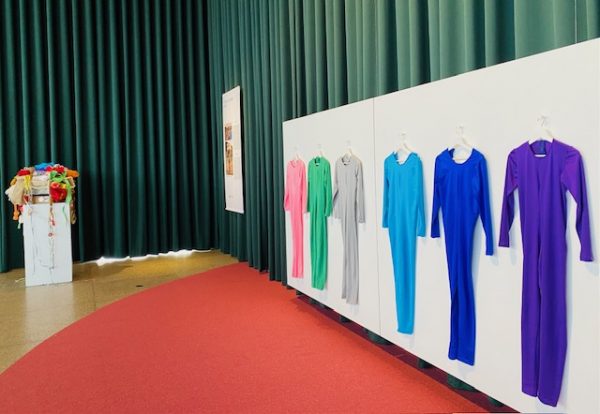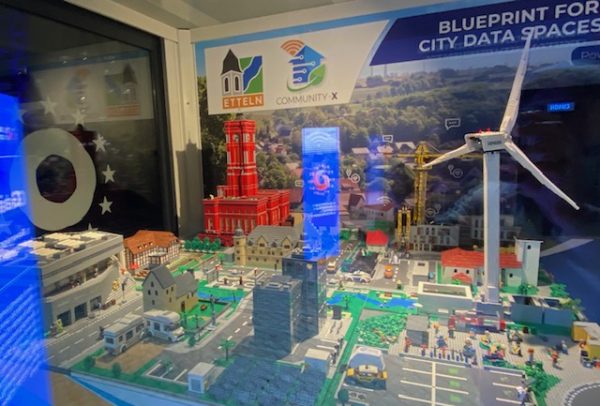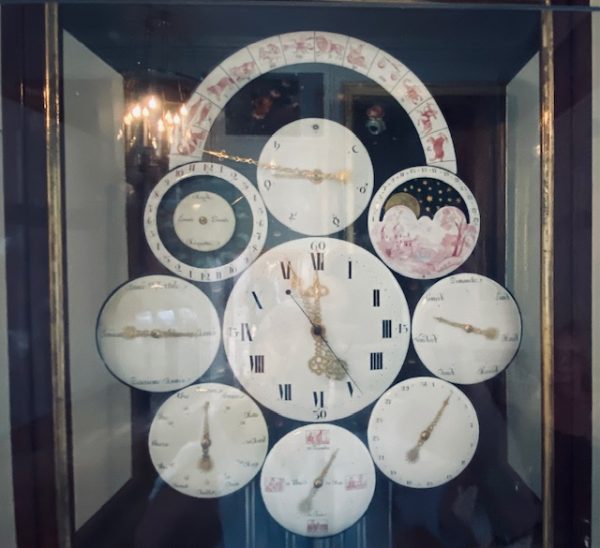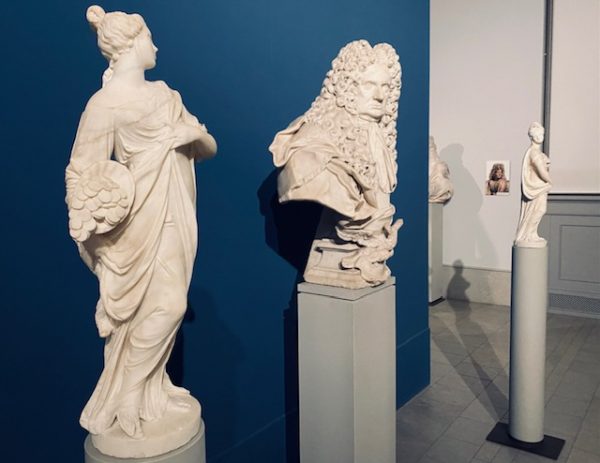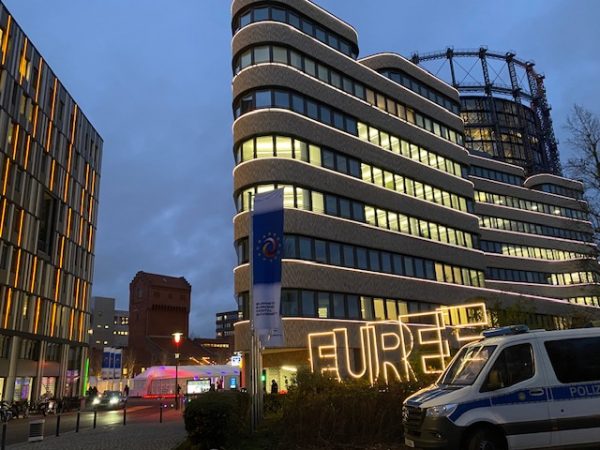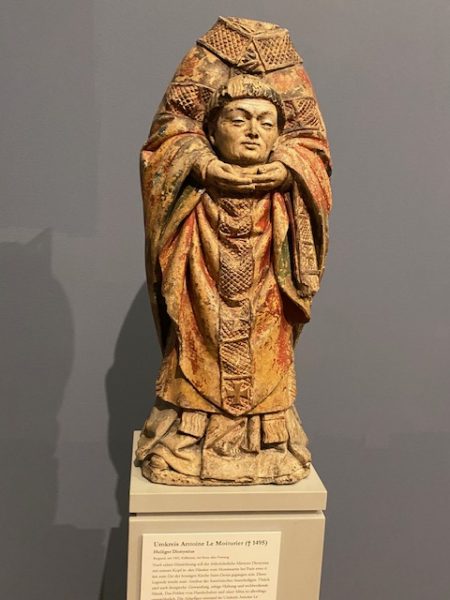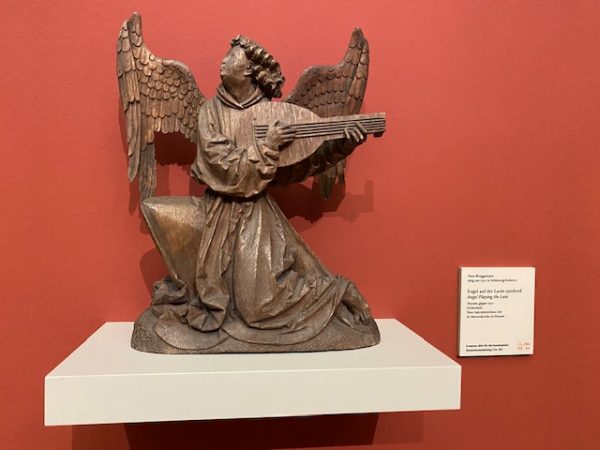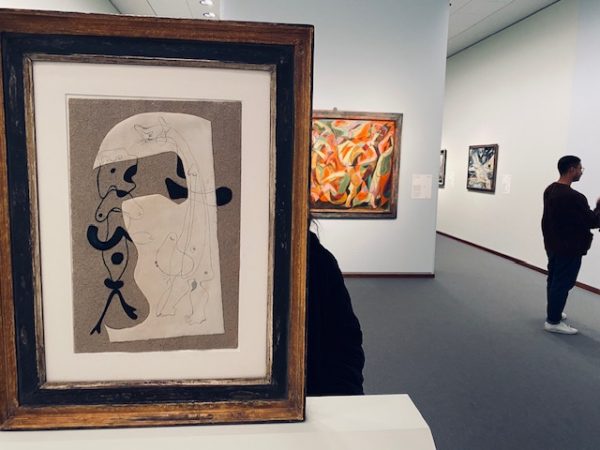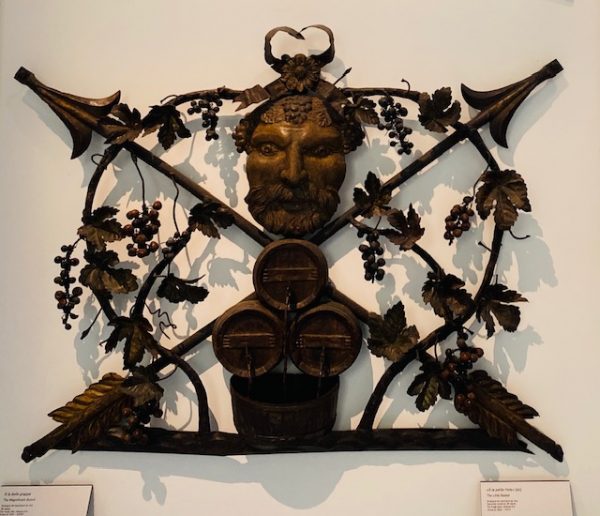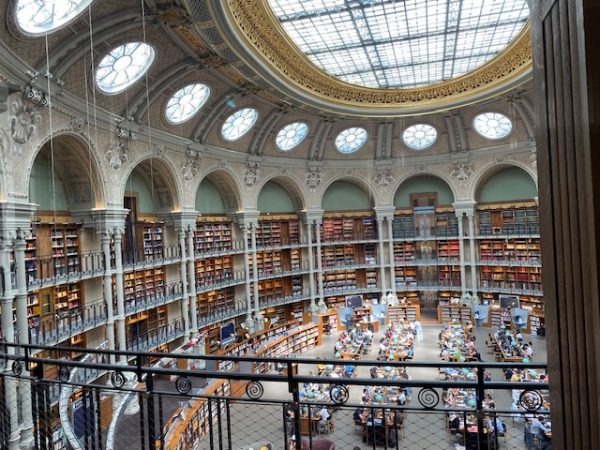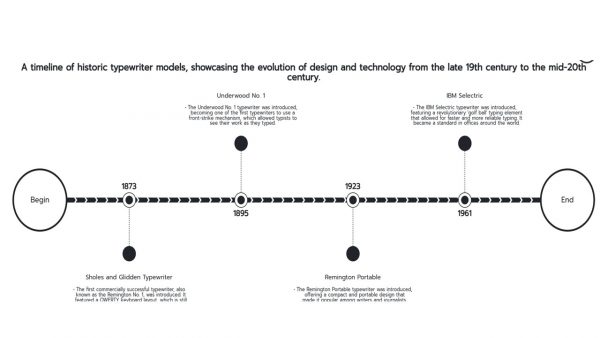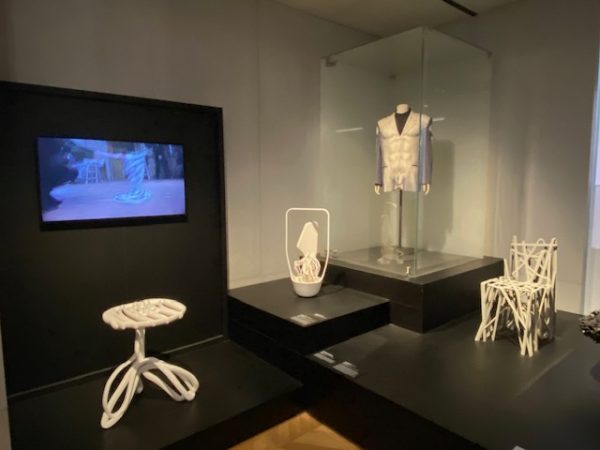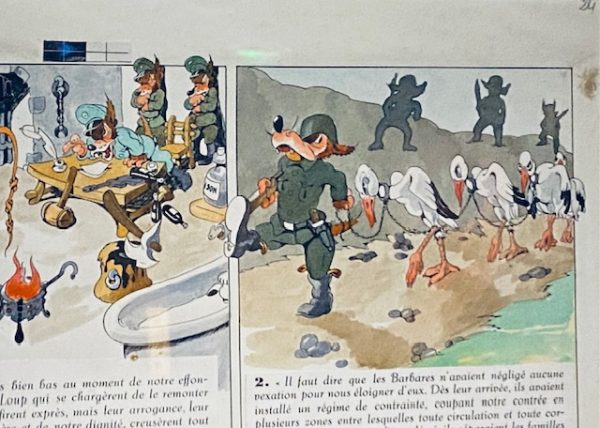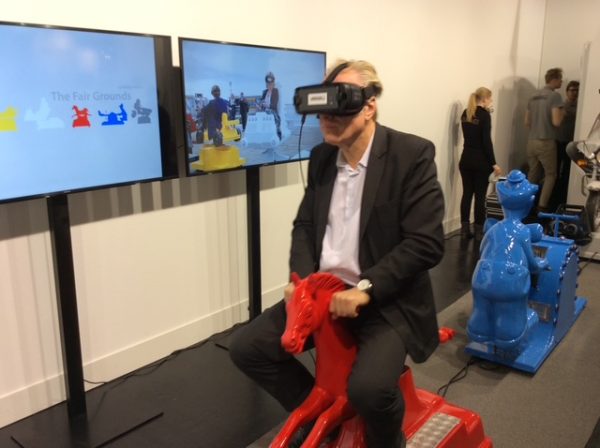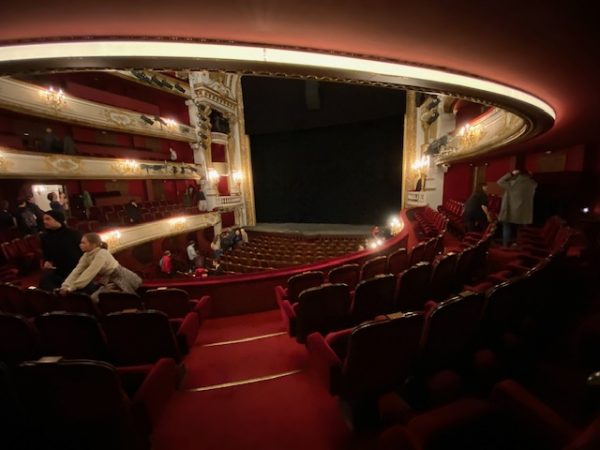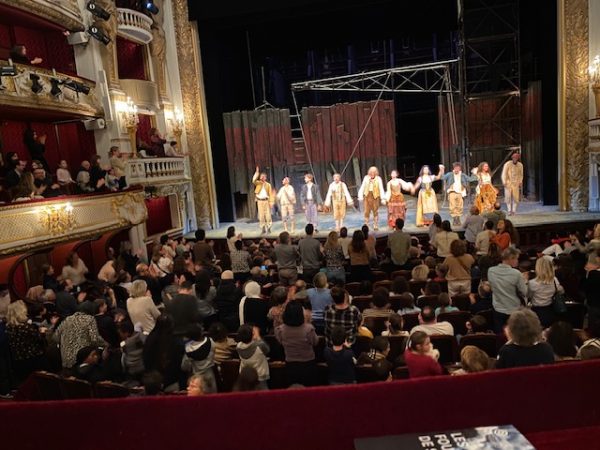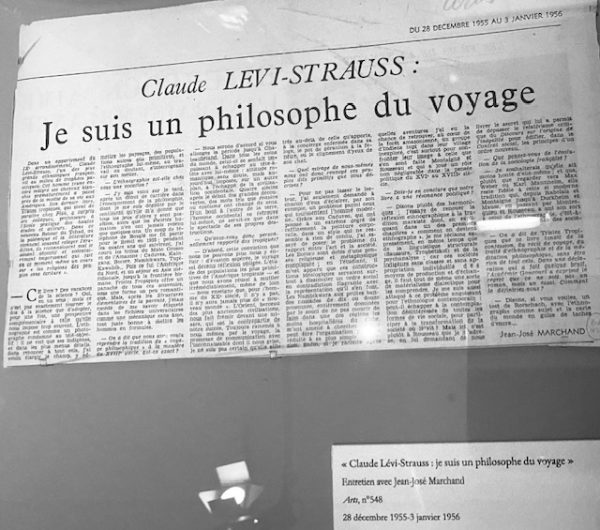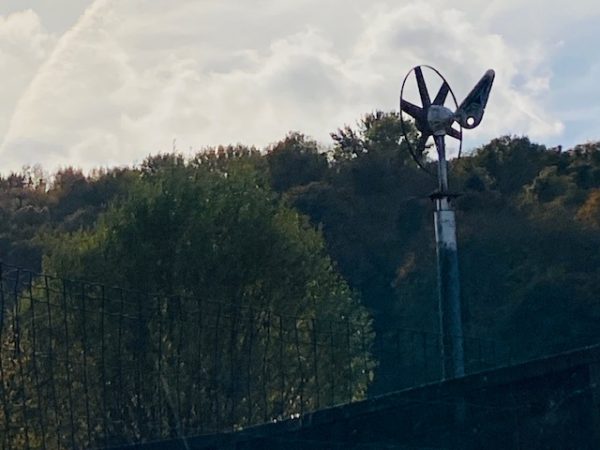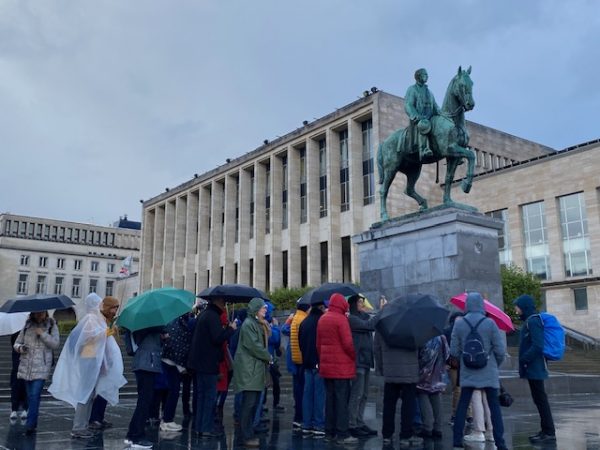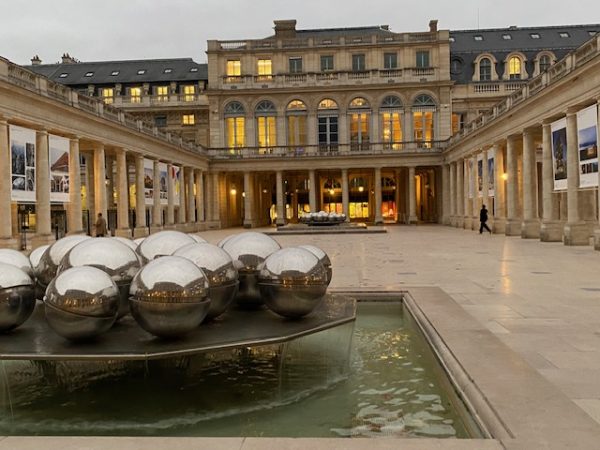Some analysts have followed the acquisition of McDonnell Douglas by Boing as a merger of 2 big aircraft constructors in 1997. The merger meant that the construction of 200 MD-11 trijet aircrafts was discontinued a few years later in 2001. They have still been flying around as cargo airplanes and 50+ were still in use in 2025 by UPS and FedEx combined. The recommendation by Boeing is to stop using the planes and run more extensive technical checks before reuse. The aviation authority will have to comment on the safety as well, since the death of 14 persons on board remains a high toll for potential negligence of timely revisions or too few regular controls. Failure times of components necessitate check-ups, even if they are deemed expensive. Boeing has a difficult reputation in this field due to its lack of timely reaction in the two 737-Max cases. The precautionary principle probably could have saved lives also in this case. However, before jumping to conclusions we need to follow the analyses of this crash of the MD-11 more closely.
(Image: Corpo Coletivo by Lygia Clark 1970 performed in Berlin Neue Nationalgalerie 2025).
